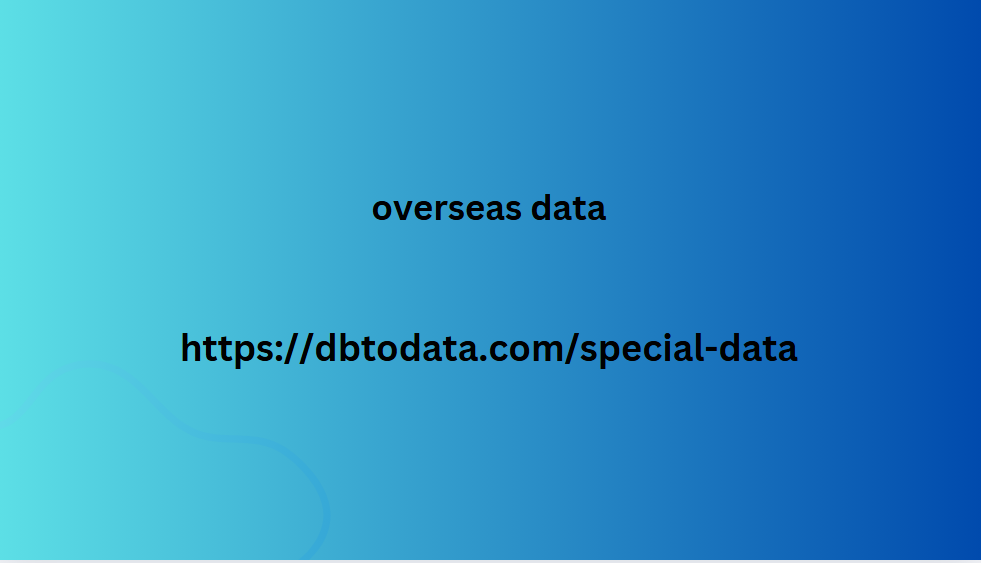When looking at trademarks, there are some explicit prohibitions that are important for both entrepreneurs and creative minds. In this article, I will discuss the ‘taboos’ in trademark law and give advice on which signs to avoid when creating a (new) trademark.
Trademark law protects a sign. A ‘sign’ can consist of names, logos, slogans, sound fragments and more, as long as it can distinguish a product or service. We speak of a ‘sign’ because there is no ‘brand’ until the sign is registered as a brand.
A sign can also be a composition of multiple words. Words with images, sounds, or even animations. Many combinations are conceivable, but not every sign can be registered as a trademark.
Signs that cannot constitute a trademark
Signs consisting of words, images (logos) and even sounds that are too short or too simple cannot form a trademark. This also applies to signs that are too long or too complicated. Decorations cannot be registered as a trademark either. But what exactly does this mean?
A blue dot, or just the letter ‘A’ is too simple. Those signs will not be able to be registered as a trademark. On the other hand, if a logo is too complicated, it cannot serve as a trademark. overseas data Think of The Night Watch, for example.
A longer sentence (of course it is subjective what is long) is also not registered as a trademark. A trademark must be able to serve as a recognition sign, which leads back to a certain company. If this is not possible, the sign will be rejected as a trademark.
We also cannot register flavors and scents as trademarks
Signs that lack distinctiveness and/or are descriptive
A sign must be distinctive for the goods and/or services for which it is registered. It may not be descriptive. A textbook example of this is ‘Apple’. It is not registered for fruit, but is an excellent sign for software and mobile phones.
Pure images can also be descriptive. Think of a Faʻatonutonu. I luma o le luma silhouette of an apple for fruit or a silhouette of a pacifier for pacifiers. So a silhouette of an apple for fruit is also considered descriptive. It is therefore refused as a trademark.
Commonly used signs
There are signs that become generic over time. Think buying house b of ‘trampoline’. Also names for a new type of product such as a boiling water tap have by definition no distinctive character.
Common terms such as ‘euro’ and ‘net’, or promotional terms such as ‘mega’ and ‘ultra’, are also not eligible for trademark registration in themselves . Only in combination with a non-descriptive element, or as a logo. For example: ‘MegaActualGreen’, for metal building materials.

